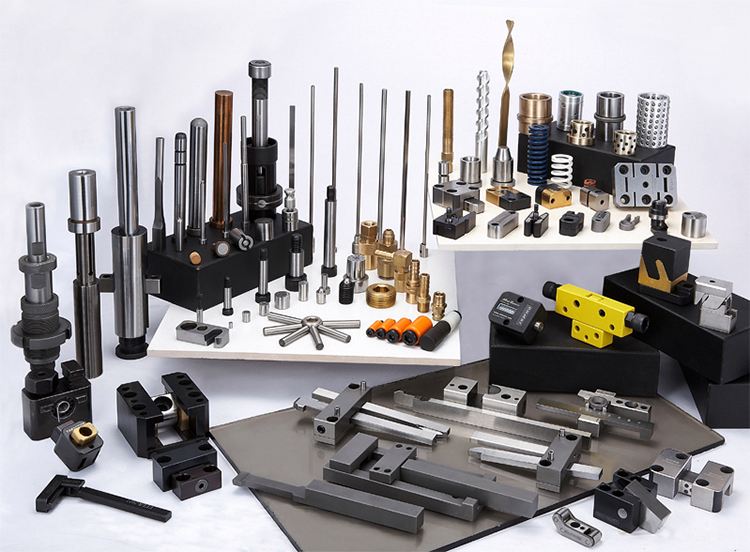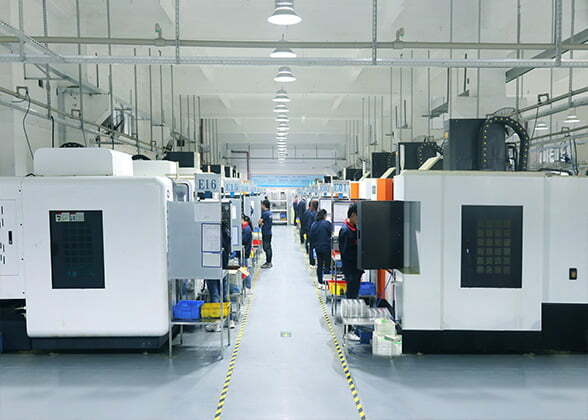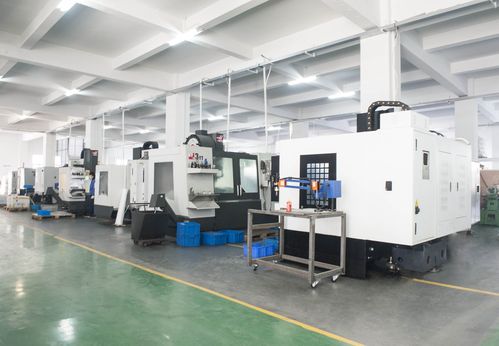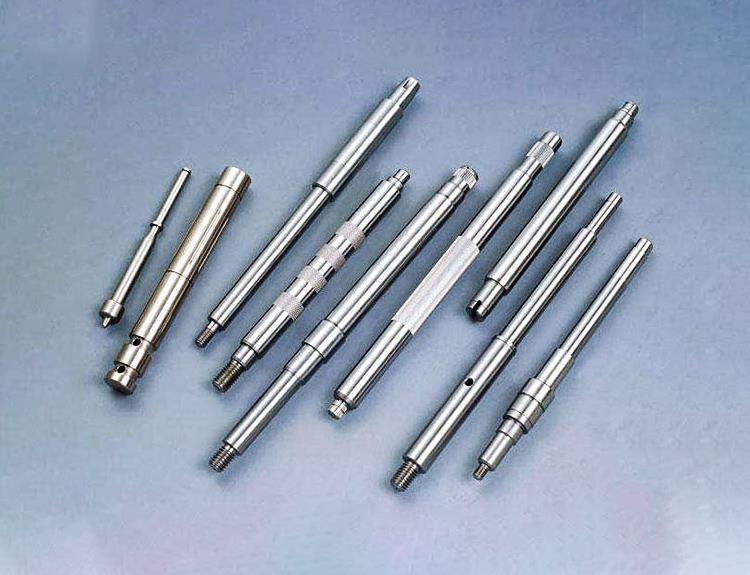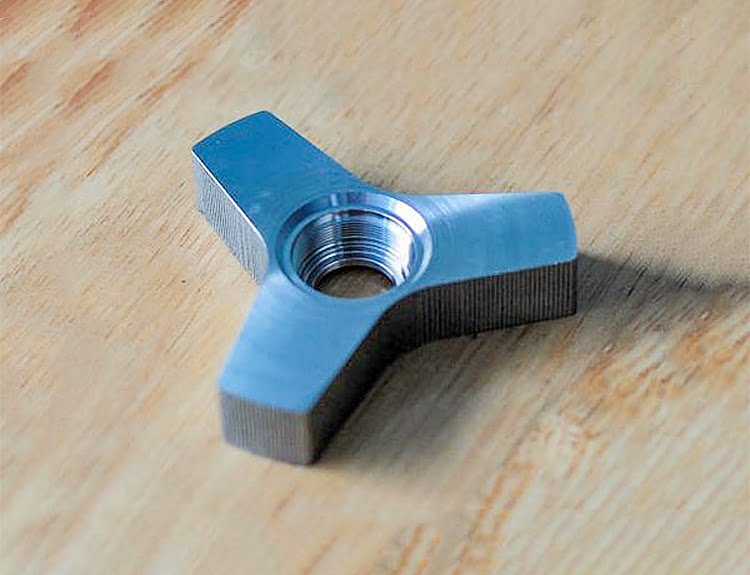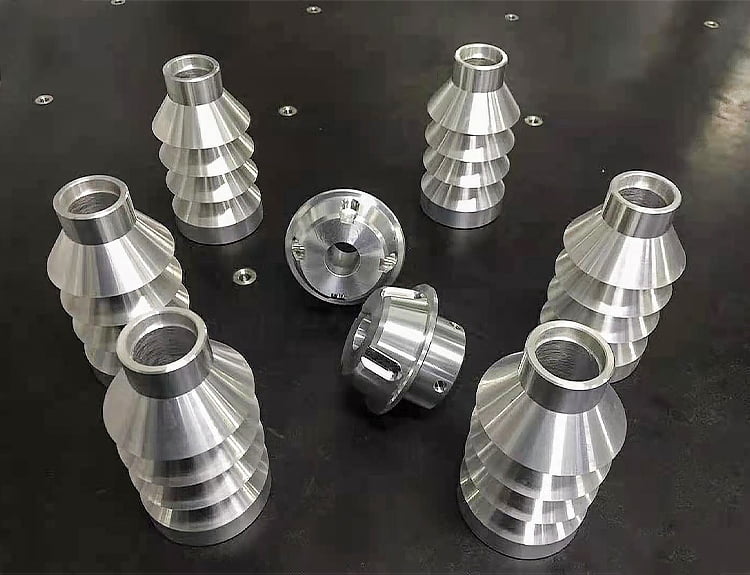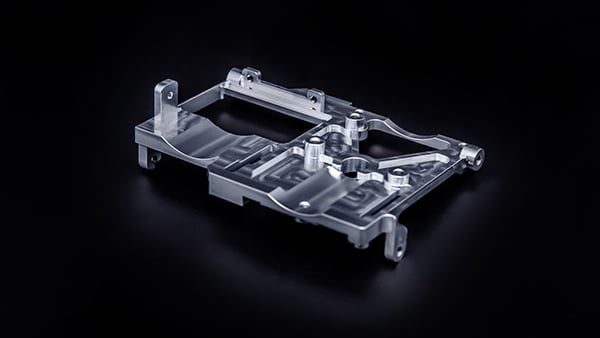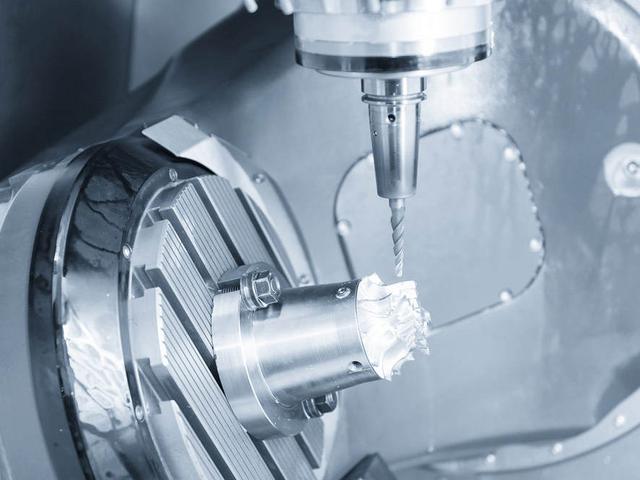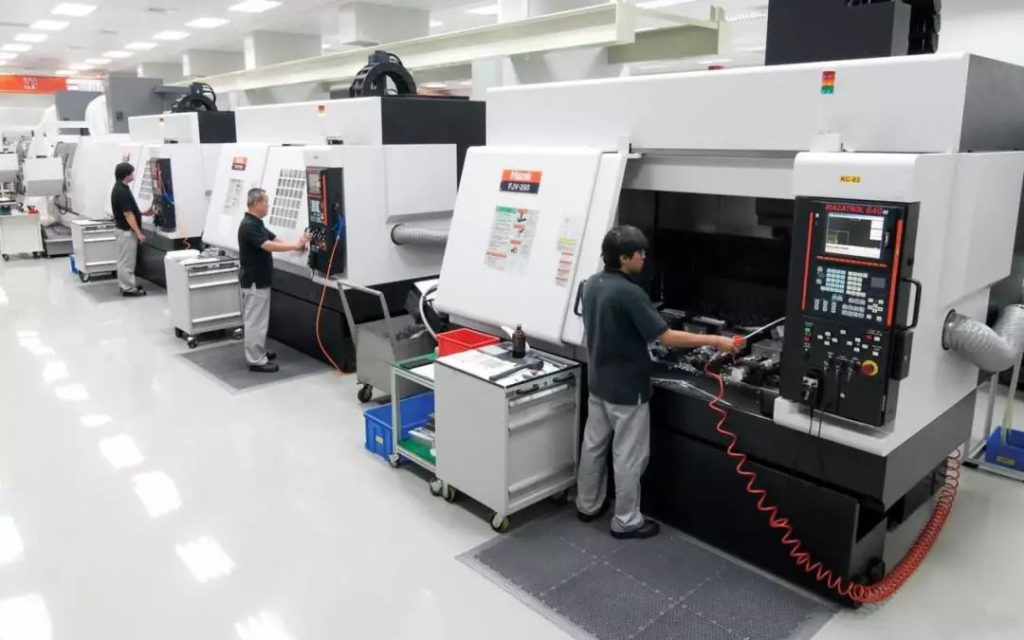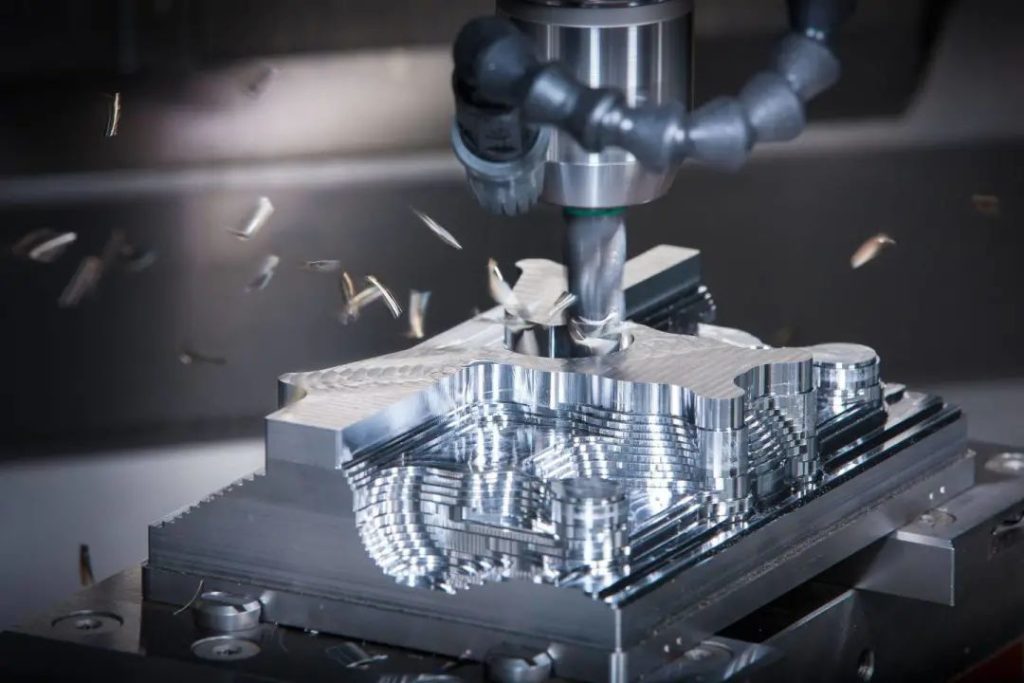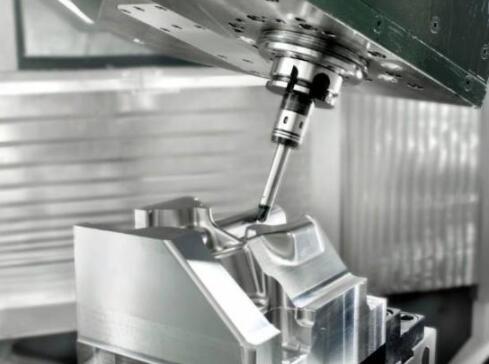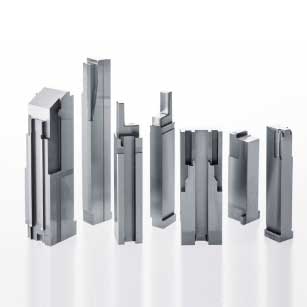Selection of precision mold components
T10A steel is selected to manufacture complex molds with large difference in section size and small deformation after quenching, and the hardness is required to be 56-60HRC. The hardness of the die after heat treatment meets the technical requirements, but the die is deformed greatly and cannot be used, resulting in die scrapping. Later, the enterprise made of micro deformed steel Cr12, and the hardness and deformation of the die after heat treatment meet the requirements. Precautionary measures: micro deformed steel, such as air quenched steel, shall be selected as far as possible when manufacturing precision and complex molds requiring small deformation.
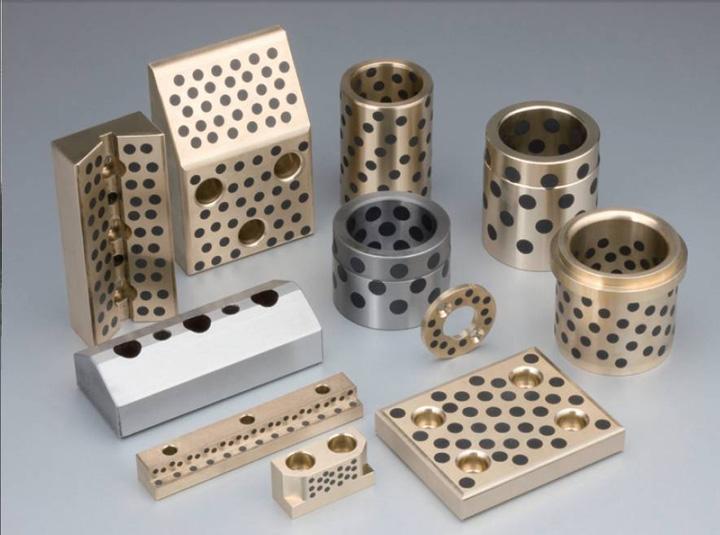
Causes of Ellipse in precision mold components
This is because of the existence of uneven carbides distributed in a certain direction in the die steel. The expansion coefficient of carbides is about 30% smaller than the matrix structure of the steel. It prevents the expansion of the inner hole of the die when heated, and prevents the shrinkage of the inner hole of the die when cooled, which causes uneven deformation of the inner hole of the die, thus making the round hole of the die elliptical.
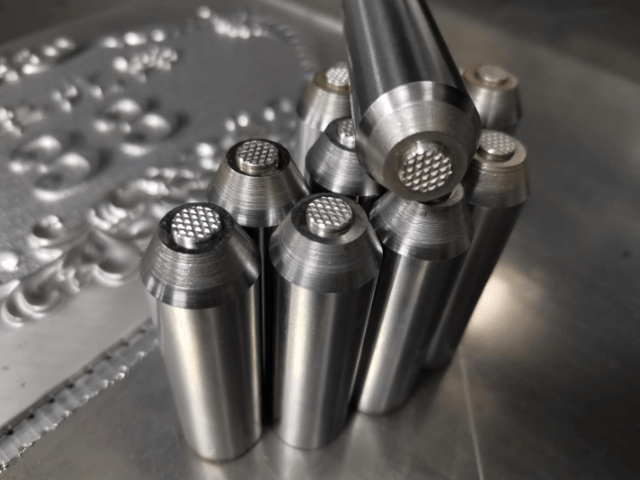
preventive measure
① When manufacturing precision mold components, try to choose the mold steel with small carbide segregation instead of cheap steel produced by small steel plants.
② For die steel with severe carbide segregation, reasonable forging shall be carried out to break the carbide crystal block, reduce the level of uneven carbide distribution and eliminate the anisotropy of properties.
③ The forged die steel shall be quenched and tempered to obtain the sorbite structure with uniform, fine and dispersed carbide distribution, so as to reduce the deformation of precision and complex dies after heat treatment.
④ For dies with large size or that can not be forged, solution double refining treatment can be adopted to refine and evenly distribute carbides and round corners, so as to reduce heat treatment precision mold components
Influence of die structure design onprecision precision mold components
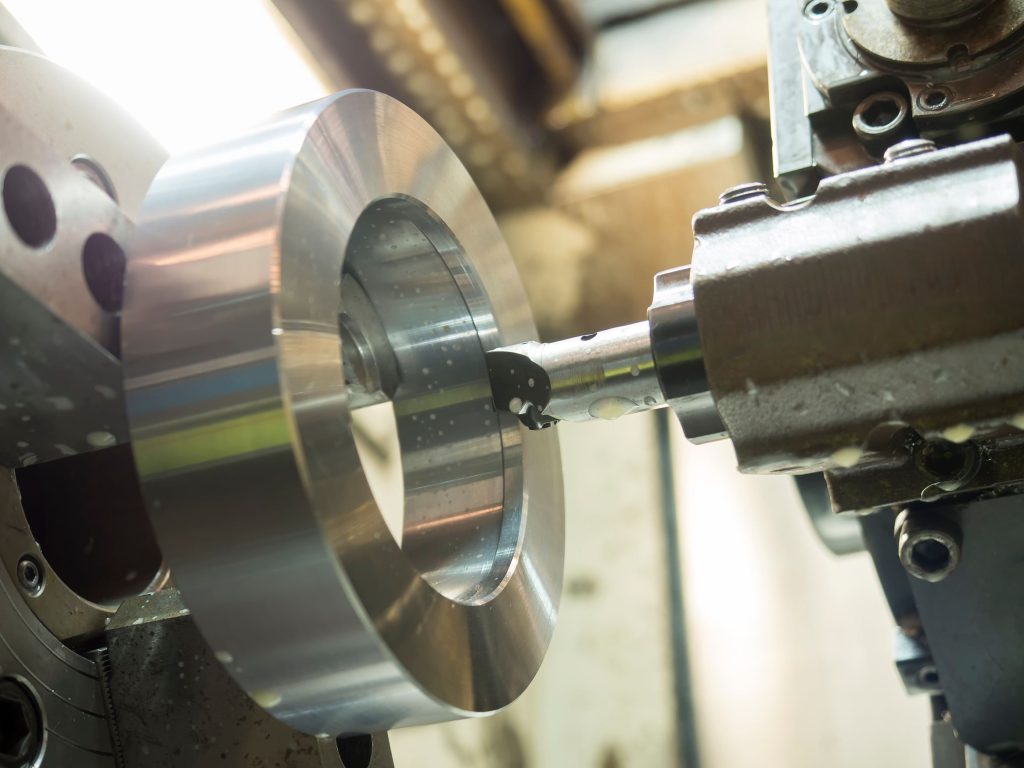
Causes of deformation
Due to uneven thickness or sharp fillets in various parts of the die, the thermal stress and organizational stress of various parts of the die are different during quenching, which leads to different volume expansion of various parts and deformation of the die after quenching.
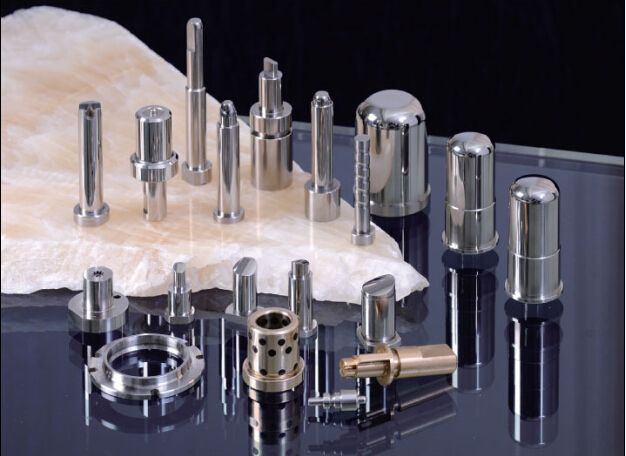
Preventive measures
When designing the mold, under the condition of meeting the actual production needs, the great disparity between the thickness of the mold and the asymmetry of the structure should be minimized. At the junction of the thickness of the mold, the smooth transition and other structural designs should be adopted as far as possible. The machining allowance is reserved according to the deformation rule of the die, so that the precision die parts produced will not be scrapped due to die deformation after quenching. For molds with particularly complex shapes, the combined structure can be used to ensure uniform cooling during quenching.
